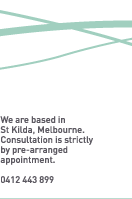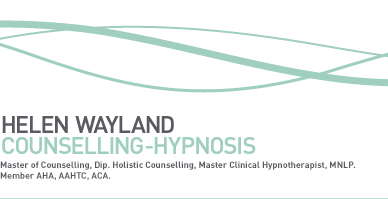




Hypnosis
testimonials
FAQ’s
A little bit about
the brain
Special
packages
Contact us
A LITTLE BIT ABOUT THE BRAIN
A little bit about how the brain changes itself
There is nothing ‘mumbo jumbo’ about hypnosis, and its effects are now provable by scientific measurement – specifically through Functional Magnetic Resonance Imaging (FMRI). Hypnosis works with the ability of the brain to change itself, which is a “new” emerging field for scientists across the world.
If you have heard the terms ‘neuroplasticity’ or ‘brain plasticity’ they simply refer to the ability of the brain to change very quickly. In fact it has now been proven that the brain changes, every day, in response to what happens to us and how we think. So contrary to previous theories, you do grow new brain cells, right into old age.
Recent brain research has also shown that not only do we grow new brain cells throughout our lifetime, but also that these cells are remarkably adaptable. The brain can and does change the way it uses the cells if it needs to. People who lose their sight, for example, have that part of the brain annexed by auditory or other sense processing.
If we think of neural pathways (the way thoughts, sensations and feelings get processed) as roads on a map, it’s clear that some will be massively used superhighways, some will be lesser roads, and others tiny goat tracks. This depends on how often we as individuals use them. A violin player will have a very different set of neural pathways even for imagining music, let alone holding the violin, to the rest of us. And the first time you use a new pathway, or more accurately set of them, for example the first time you learn a new skill, word or idea, you’ll be breaking new ground, or even growing new cells to create the new information or new way of processing the world.
Think of the first time you drove to work from where you live. Or in fact how you learned to drive. Or tasted something new, or heard a new instrument.
Watch a baby to learning to walk. It takes focus and practice, and quite a few failures, but eventually we can literally do it in our sleep.
New ways of processing the world can be created every day. Nothing is so ‘hard-wired’ that it cannot be re-learned, or changed. No brain is so ‘set in its ways’ that it cannot learn something new.
Other interesting facts
• When we imagine doing something, those parts of the brain involved with actually physically doing the thing ‘light up’ and become more active, as shown through functional magnetic resonance imaging (fMRI).
• When we see someone else doing an activity, the same parts of our brain light up as if we were actually doing it ourselves.
• When we are thinking positive thoughts, the pre-frontal area of our brain lights up – the more advanced areas of the brain. (Also called the ‘executive decision-making’ part of the brain by some researchers.)
• These are the parts of the brain activated in hypnosis.
• Monks practicing “loving kindness” meditation show greater activity in these regions.
• When the frontal cortex is lit up and active, the limbic part of the brain, which is one of the earliest parts of the brain in evolutionary terms, is quietened. This is the part of the brain involved in the ‘fight or flight’ response and because it is so ancient (known as the ‘lizard brain’), and used in survival, its functions can be swift and overwhelming – as in some anxiety responses.
• We have the ability to consciously bring the parasympathetic nervous system into play to over-ride the ancient fight / flight response.